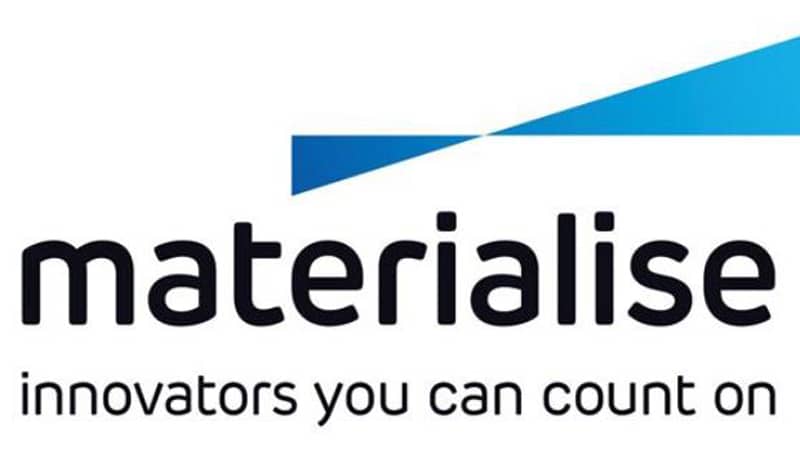
Day: February 28, 2017



Hong Kong Police Department To Invest In 3d printing Technology to Solve Crime Cases
February 28, 2017
No Comments
Read More »

Materialise, 2016 results indicate a 12% revenue increase in 2016
February 28, 2017
No Comments
Read More »

